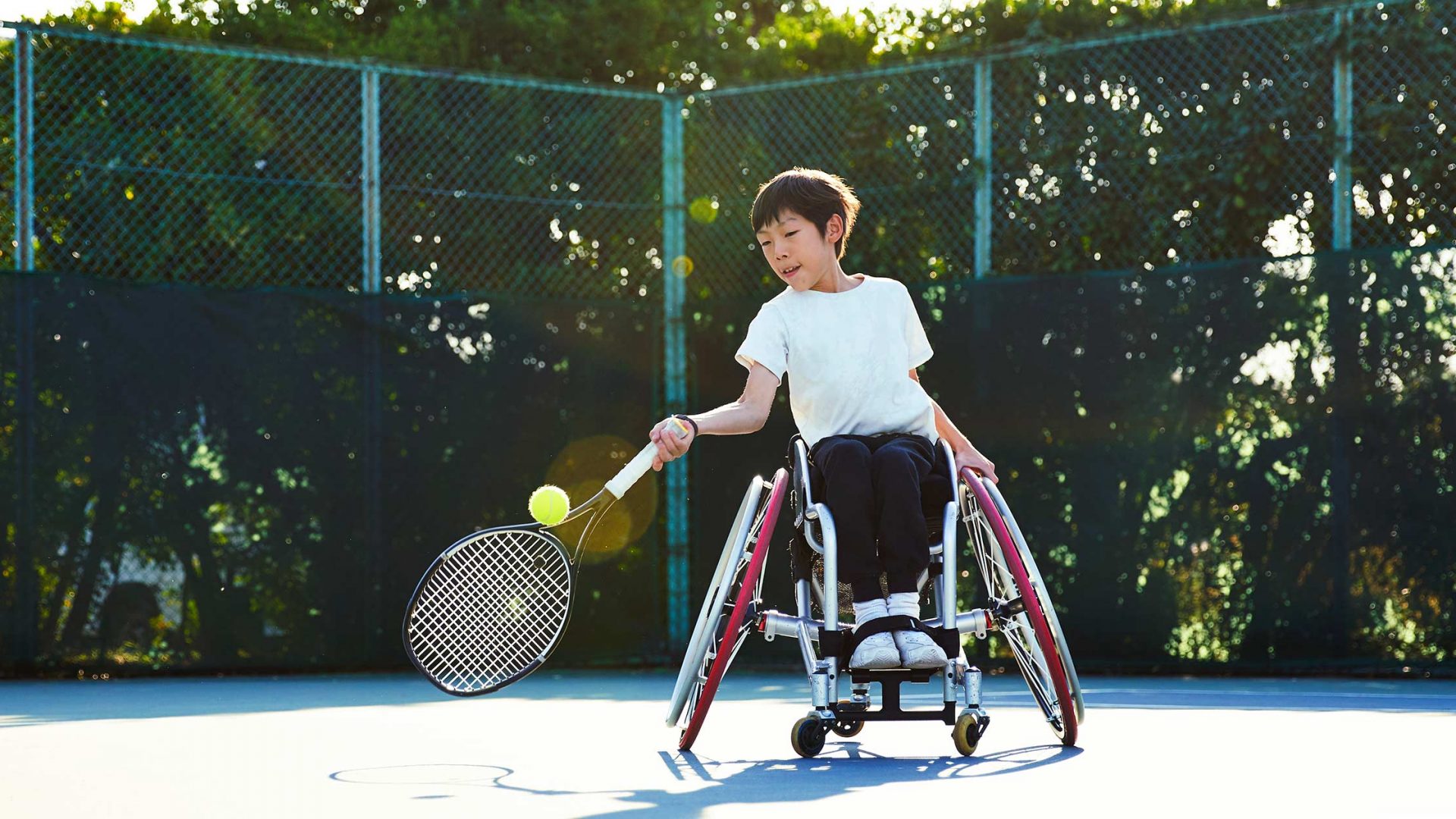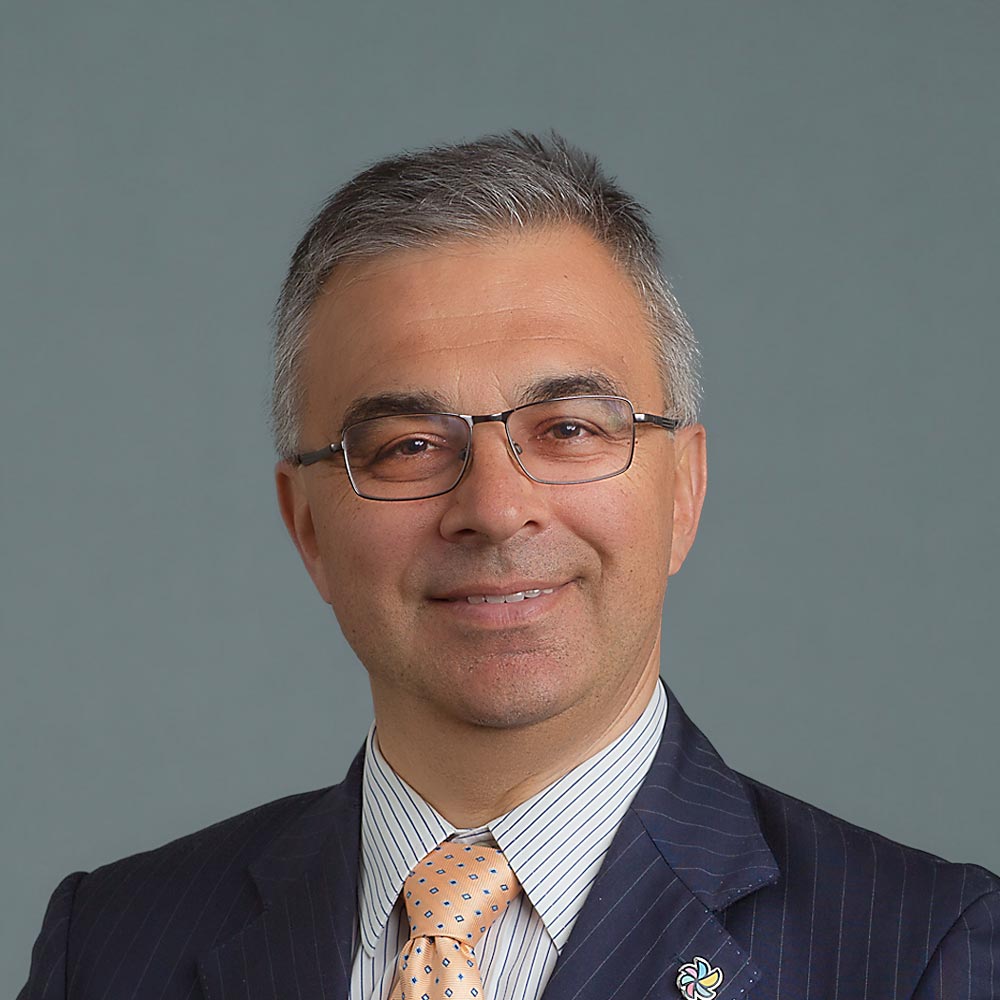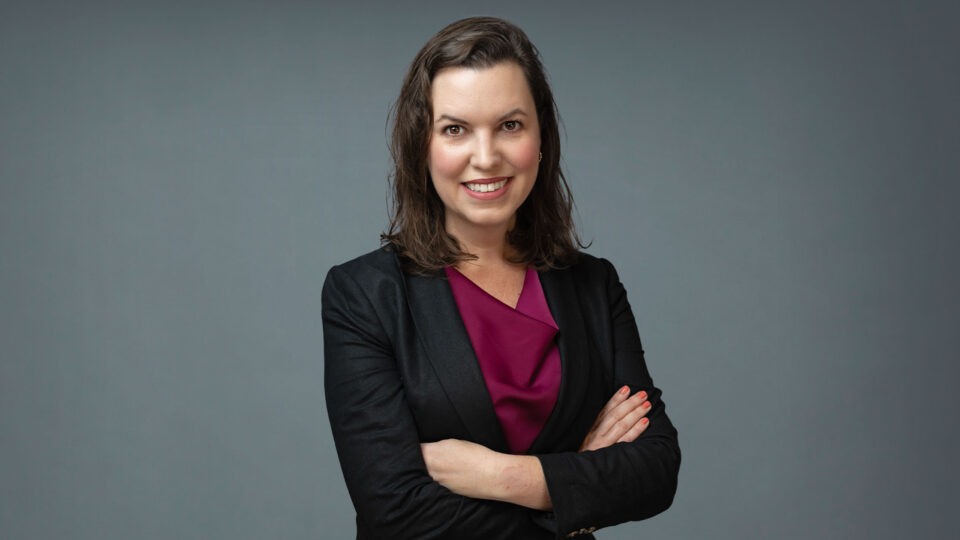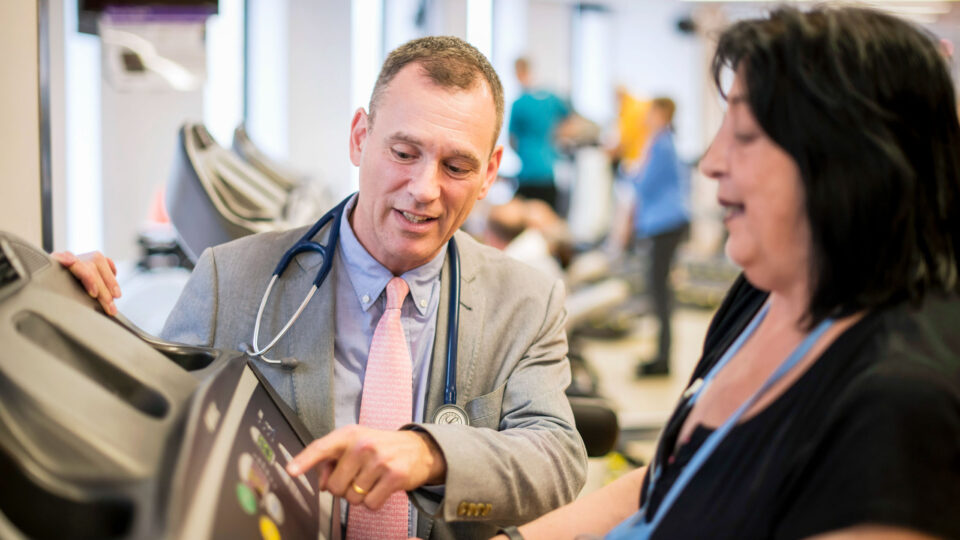Spinal cord injury (SCI) in children and adolescents is a complex and life-changing condition, and yet, there is no agreed-upon international model of care to inform best practices and improve rehabilitation services.
Recognizing this problem, a team of specialists from seven countries came together to study and compare the existing systems of care, with the goal of fostering collaboration and harmonizing best practices in the field. Renat R. Sukhov, MD, and Tamara Bushnik, PhD, experts from NYU Langone Health’s Rusk Rehabilitation, took part in the initiative.
The project was the first international multicenter study to describe the organization of services and systems of care for specialized pediatric SCI rehabilitation.
“Collaboration across borders is paramount to capture both the similarities and disparities in pediatric SCI rehabilitation.”
Renat R. Sukhov, MD
“Collaboration across borders is paramount to capture both the similarities and disparities in pediatric SCI rehabilitation,” says Dr. Sukhov, a clinical associate professor of rehabilitation medicine and a pediatric physiatrist at Hassenfeld Children’s Hospital.
Paucity of Research
According to Dr. Sukhov, the body of literature on pediatric SCI rehabilitation is scarce, noting that access to services, the rights of children, and the quality of healthcare can vary widely in and between countries.
“Specialized pediatric rehabilitation services require high-level medical expertise and resources,” Dr. Sukhov explains. “The multidisciplinary service includes ongoing evaluations, establishment of treatment goals and patient-focused guidance provided by a highly qualified team ideally led by a pediatric physiatrist.”
Moreover, he emphasizes that non-clinical factors, such as access to care, programmatic support, community mission-based support, and availability of follow-up services have a considerable impact on outcomes, but are not well described.
“Pediatric SCI requires a lifelong commitment to rehabilitation, supported by both healthcare and philanthropic organizations, to ensure that the child affected by SCI will be able to transition to adulthood and rejoin society,” Dr. Sukhov says.
First-of-Its-Kind Study
The researchers pooled data from 10 rehabilitation units in seven countries (China, Israel, Norway, Palestine, Russia, Sweden, and the United States), finding similarities in the organization and administration of services, but also notable differences.
With respect to similarities, most units were publicly funded, and only 3 of 10 had a dedicated pediatric SCI unit. While there were large variations in catchment area, pediatric population, and referrals, the majority had similar challenges in discharge policy, such as home modifications and funding of equipment.
While all units offered some type of long-term follow-up activities post-discharge, the frequency and content of the follow-up varied across units—some units did not meet in person for follow-up stays, but instead offered information booklets, telephone calls, or video consultations.
“Extension of these studies may lead to improvements in healthcare delivery for this underserved population.”
Overall, seven units offered lifelong follow-up. Four units had mobile follow-up teams, and after the age of 18 years, most adolescents were transitioned to an adult unit for follow-up.
Concerning disparities, there was a notable variation in staffing between units, and some teams did not prioritize interdisciplinary and multiprofessional collaboration.
“The primary concern for SCI care is the welfare of the child despite economic, sociodemographic, and cultural differences between countries and regions,” Dr. Sukhov explains. “We highlight the imperative humanitarian need to expand understanding of SCI models of care for children, ultimately resulting in better clinical and functional outcomes.”
Call to Action
Based on these findings, the investigators identified a need for evidence-based, international guidelines for children with SCI rehabilitation needs. To bring this to fruition, next steps will be to strengthen existing relationships and form new collaborations with experts both nationally and internationally, Dr. Sukhov says.
“Extension of these studies can potentially bridge the gaps in our collective knowledge on pediatric SCI rehabilitation,” Dr. Sukhov says, “and may lead to improvements in healthcare delivery for this underserved population.”






